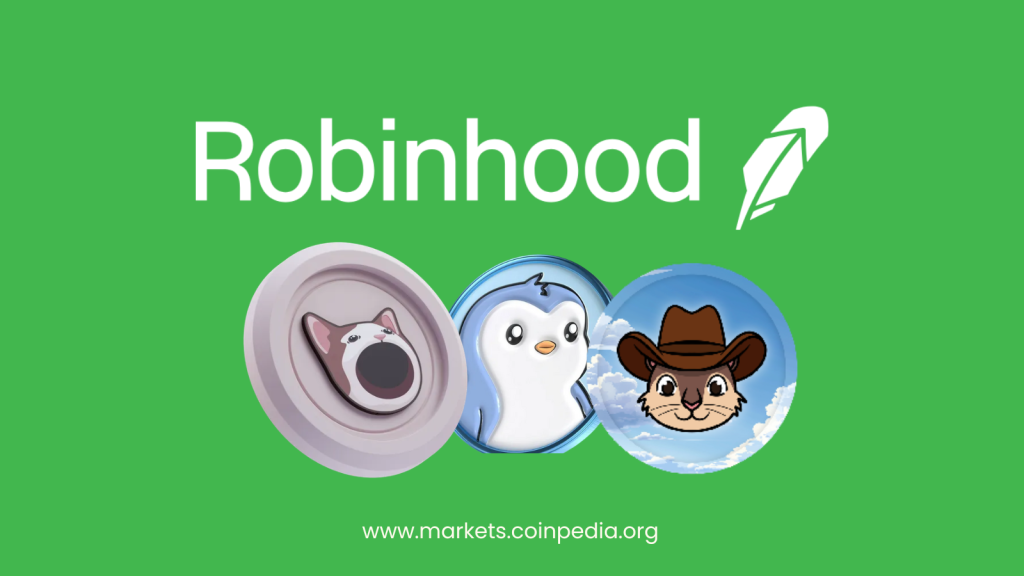
Challenge the possibilities of Bitcoin NFT
Crypto asset (virtual currency) developer Udi Wertheimer announced on the 3rd that he successfully minted NFT, which is the largest block in the history of Bitcoin. Block generation was realized with the cooperation of BTC mining company Luxor Mining.
Last night, we made history
The gatekeepers tried to censor us
But we mined the LARGEST BLOCK and LARGEST TRANSACTION IN BITCOIN’S HISTORY
Special thanks to bitcoin full node operators for supporting our efforts and hosting our 4MB NFT for all eternity!
gm @TaprootWizards  pic.twitter.com/uKGG918af8
pic.twitter.com/uKGG918af8
—Udi Wertheimer (@udiWertheimer) February 2, 2023
Last night we made history.
Gatekeeper tried to censor us.
However, we have mined the largest block and transaction in Bitcoin history.
Special thanks to Bitcoin full node operators for supporting our endeavors and hosting our 4MB NFT forever.
For those who have yet to harness the power of the full node’s omniscient gaze, you can find the Wizard here, in the largest Bitcoin block ever mined:https://t.co/Iv6SOA7wSr pic.twitter.com/v8wZ1FGnEa
—Luxor Mining (@LuxorTechTeam) February 1, 2023
For those who have not yet tapped into the omniscient and omnipotent gaze of a full node, here you can find the wizard inside the largest bitcoin block ever mined.
Mr. Wertheimer’s NFT was created using “Ordinal” launched in January. Ordinal is a protocol designed by former Bitcoin Core contributor Casey Rodarmor that stores assets such as NFTs directly on the Bitcoin blockchain, bypassing sidechains, Layer 2, etc. It is attracting attention as an effort to enable Bitcoin version NFT.
Ordinal allows users to explore, transfer and receive individual satoshis by serializing the smallest unit of bitcoin, the satoshi (1/100 millionth of 1 BTC). Data such as videos and images can also be included in a single satoshi.
In Ordinal, adding content such as text and images to individual satoshis is called Inscription, and the data is expressed as “digital artifacts” instead of NFTs.
Will it be a new use case for BTC?
The community is largely divided on whether such “digital artifacts” (NFTs) are appropriate for the Bitcoin space.
There is a heated debate between “bitcoin purists” who argue that the BTC blockchain should be limited to financial transactions, and those who believe it should also be allowed to host various use cases, including NFTs. It seems
Critics of Ordinal argue that NFTs will further congest blocks, lead to higher transaction fees, and compete with traditional financial transactions. Proponents, on the other hand, point to the potential for bitcoin to bring more financial use cases and increase the demand for block space to complement the dwindling block creation rewards for miners.
Rodarmor mentioned Bitcoin’s mechanism of setting fee prices according to market demand. The fee market, whether it is a financial transaction or an “inscription,” processes the amount that users deem worth paying for a transaction, with miners simply picking the transaction with the highest fee. rice field.
This is all in line with Bitcoin’s security and incentive model.
Some neutrals have argued that the controversy over Ordinal is a “blessed luck” for the Bitcoin community. The claim is that “the smartest minds” come together, engage in technical discussions, and “figure out next steps, if necessary,” to keep Bitcoin safe.
Rodarmor wants Ordinals to be seen as a decentralized “fun art project.” In order to create an inscription on Ordinal, it is necessary for users to operate a full node themselves, but we hope that they will be interested in operating a full node and that it will help them to deepen their understanding of Bitcoin.
The post Biggest 4MB Bitcoin NFT Ever Minted, Community Controversial appeared first on Our Bitcoin News.

 2 years ago
159
2 years ago
159














 English (US) ·
English (US) ·